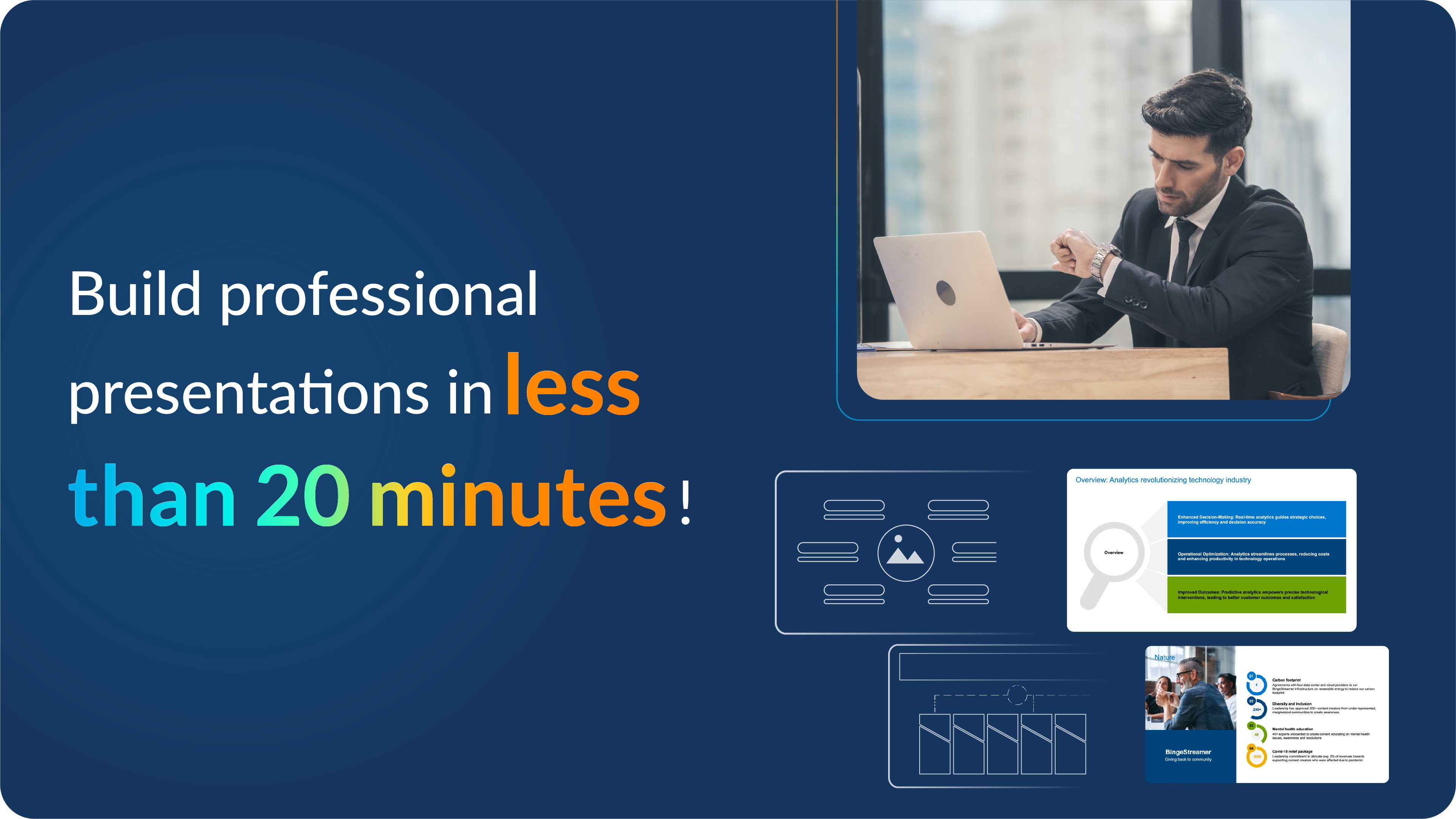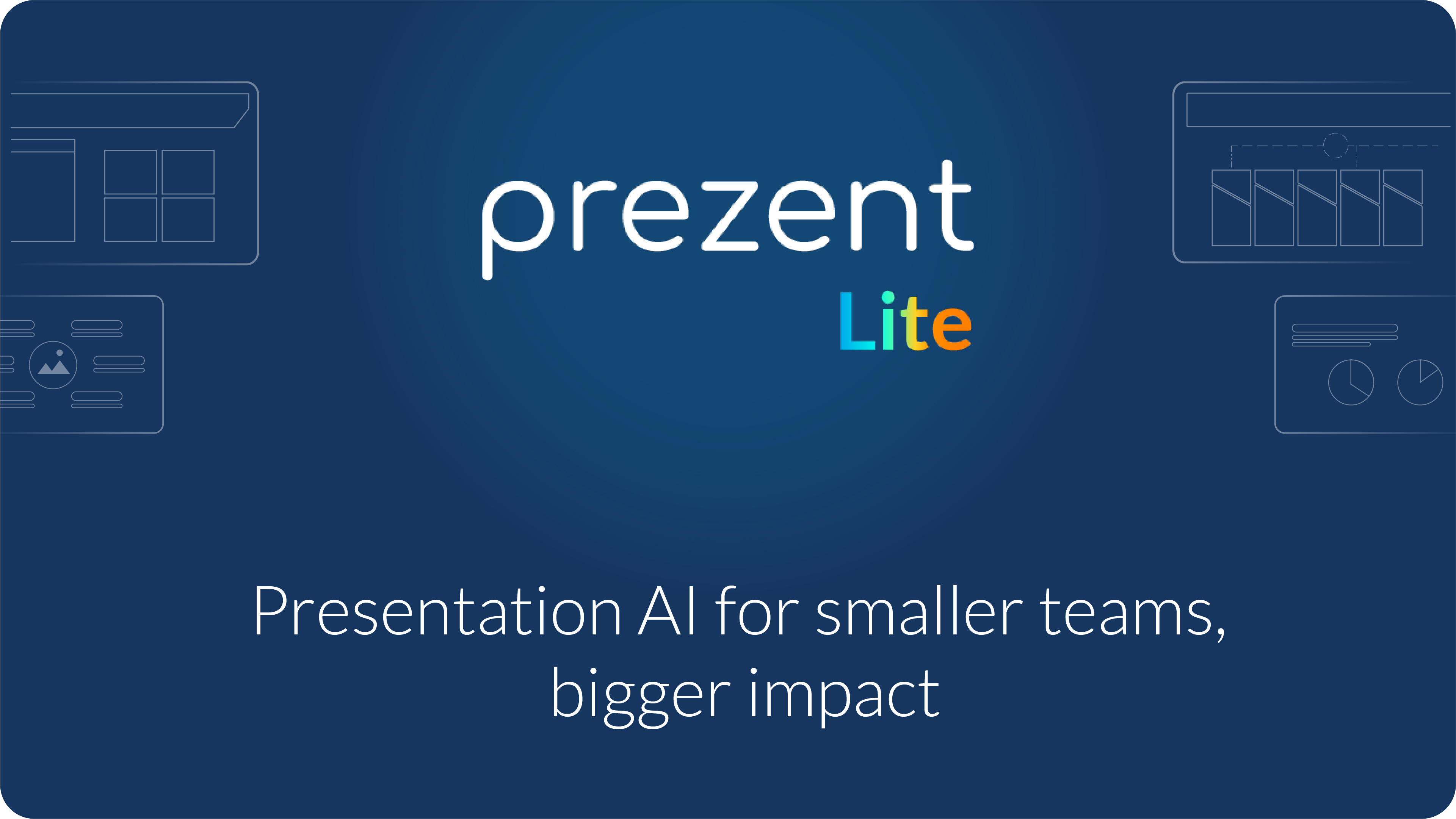The ins and outs of inclusive listening

“Diversity is having a seat at the table, inclusion is having a voice, and belonging is having that voice be heard.”
–Liz Fosslien, author
There’s a new emphasis on diversity, equity, and inclusion in the corporate sphere these days. Better known as DEI, this conversation has evolved to include accountability and inclusive listening. In fact, according to Communications Executive, Gabrielle Gambrell, “inclusive listening” is the hot new buzzword making the rounds in the business world.
If you’re scratching your head at this point wondering how DEI is relevant to your business, don’t worry. We tackle all this and more in Episode 12 of Think Deeply, Speak Simply—Inclusive Listening. In this episode, Gambrell shares exactly how DEI ties into corporate communication and how it can maximize your global impact.
Read on for Gabrielle’s advice on how inclusive listening can strengthen your communication skills.
What is inclusive listening?
People want to see themselves reflected in the world they live in. They don’t just want to be invited to the party—they want a seat at the table that allows them to voice their feelings. That’s what inclusive listening is all about. It doesn’t just account for these different perspectives, groups, and members being represented at the table. It also ensures that everyone feels respected, championed, and celebrated in a more equitable way.
Why do different perspectives matter?
The list of benefits to inclusive listening never ends! There’s a tremendous opportunity to learn, grow empathy, and gain new pathways to knowledge. It also eliminates negative stigmas and biases when you expand your reach and network.
Surrounding yourself with like-minded individuals who don’t challenge your worldview won’t achieve this. Only people who are different from you can inspire this change. It would be a mistake to leave money on the table by excluding DEI from your business model.
Where do I start?
Don’t be afraid to start by surveying your existing employee base. Consider simple questions like: What do you think about this? What’s important to you? How can we make sure your thoughts and considerations are reflected?
If your consumer base isn’t diverse, then make a commitment to creating channels that invite different people and perspectives to come in. Start small by taking some classes or reading new books that expand your typical mode of thinking. Aim to be a lifelong learner that never stops gaining new insights no matter what career stage you’re in. Sharpen your communication and emphasize your listening skills to become a more impactful, well-rounded leader.













